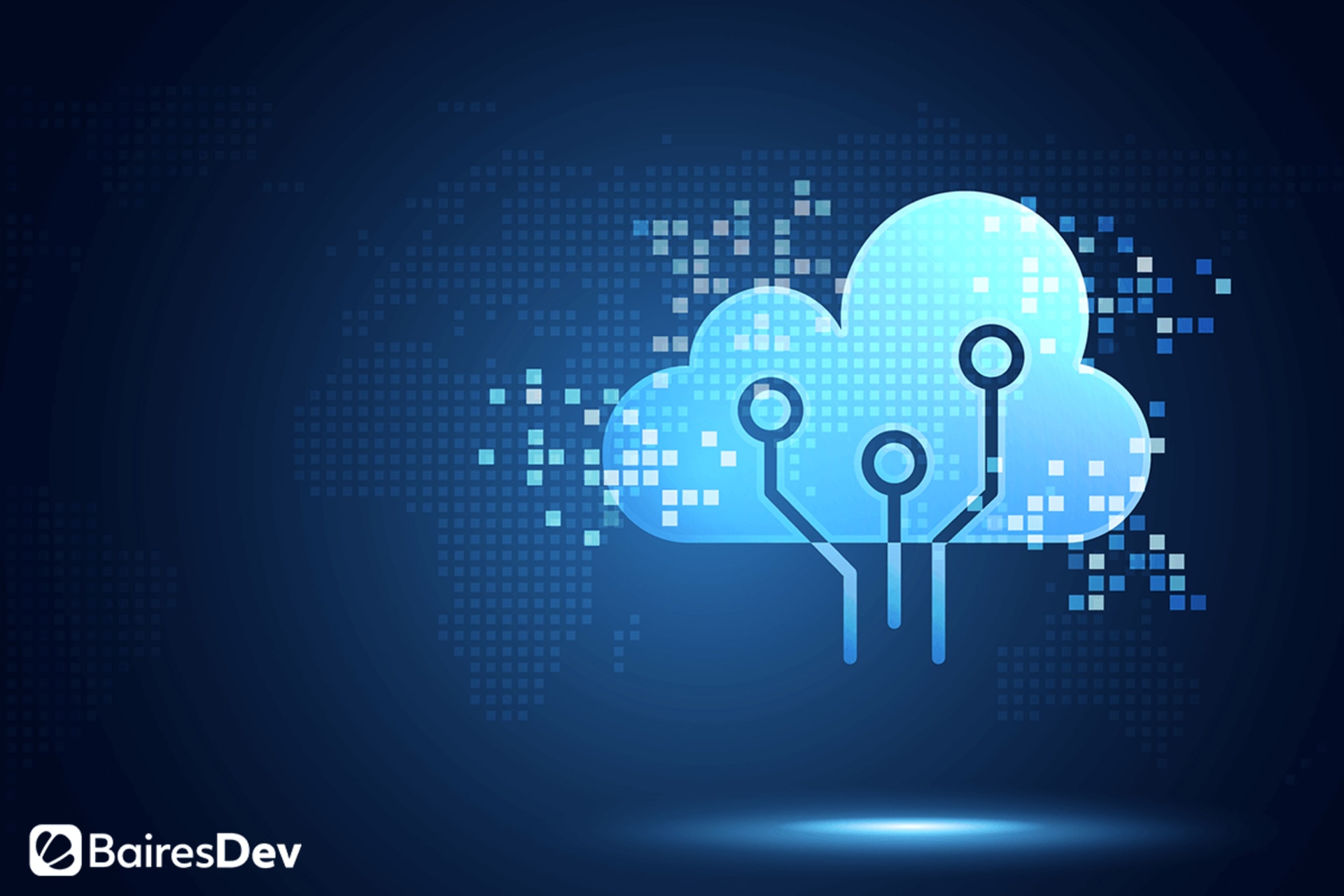By now, you should be well acquainted with Internet of Things (IoT) devices. These are thermostats, smart refrigerators, smart door locks, medical sensors, fitness trackers, and security systems that connect to the Internet to increase accessibility and convenience. IoT is everywhere and connected to everything. It’s also been around for some time.
Edge Computing, on the other hand, is the (relatively) new kid on the block and although it’s very much related to IoT, it’s quite different.
Let’s find out how these two technologies are different and how they are related.
What is IoT?
To better understand IoT, it’s good to know what an embedded system is. Most small devices (such as thermostats) require an operating system to run. The problem is, the internal storage on these devices is quite small and permanently soldered to the computer board, so the only option for an operating system is one that has a very small footprint and can perform with minimal resources.
An embedded system takes advantage of such an operating system and performs as a combination of a CPU, Memory, and Input/Output peripheral devices that are all dedicated to a singular function (such as powering a thermostat).
Most IoT devices are powered by embedded Linux. Because of that, one of the most popular languages used for IoT software is C. However, Java, JavaScript, PHP, Go, Ruby, and Python are also popular languages for the IoT ecosystem.
It’s also important to understand that many IoT devices require a network connection to either function properly or communicate with other devices. For example, some refrigerators use network connections to make it possible to sync shopping lists to mobile devices. Thermostats (such as Nest devices) require network connections to be able to communicate to smartphones for remote control.
Such connections mean IoT devices require low latency connectivity, which means a device can send and receive data without a noticeable lag. Low latency network connections are especially important when IoT devices help power mission-critical infrastructure (such as robots, smart factories, and autonomous vehicles).
One of the biggest problems with embedded systems is security. Due to the lack of local storage space, system updates and data processing can be quite challenging—especially when large amounts of data are required. In many cases, those updates are simply not run. Many times, this happens because companies building/developing IoT devices opt to save money on internal storage space. And given the cost of development, most manufacturers opt to not bother to deal with upgrades.
But not all IoT devices are simply small-form embedded devices that serve an isolated, singular purpose. IoT Edge devices are a completely different beast.
Before we get into that, let’s answer another important question.
What is Edge Computing?
Simply put, Edge Computing is computing that’s handled at the source of data. Let me explain by way of illustrating the traditional method of computing data.
Let’s say you have a bus and the bus allows riders to swipe a card that informs the driver if the person has enough credits on their card to allow them entry. On a traditional system, the card is swiped and the data is then transmitted (via a wireless connection) to a centralized hub, where the computing is taken care of. The centralized server checks the user account, discovers they do have enough funds on their account, and transmits an affirmative response to the originating system. The passenger is allowed on and the driver drives.
If that bus example device is completely isolated, without having to compute data and then (at some point) sync the computed data with a centralized server, it’s simply an IoT device. If, however, we add syncing to a centralized server to the localized computer, we have IoT Edge Computing.
In the IoT/Edge Computing environment, that process goes something like this:
The passenger enters and swipes their card. The Edge Computing device has already synced to the centralized server and contains an updated database of information, so it immediately checks the user’s account and arrives at an affirmative answer, so the rider is allowed on the bus.
The Edge Computing example is much faster than the traditional example because it doesn’t have to transmit any data during the transaction. At specific intervals, however, the Edge Device will have to sync the stored data with the centralized server, otherwise, the information housed on the device would be out of date. That sync happens at times when the device isn’t being used. The Edge Computing example is also more apt to be secure because the syncing of data can be better controlled.
Edge Computing has become quite important to businesses and services, where it’s not always possible to have a constant internet connection, yet transactional data must be computed. And so these types of devices are IoT that can process data in real-time, and sync data when necessary.
So where IoT devices can get by with a bare minimum of hardware requirements (internal storage and CPU), IoT Edge Computing devices must include more internal storage and more powerful processors. This is especially true with use cases where databases can get rather large (such as our bus example). When you have possibly hundreds of thousands (or even millions) of user accounts to compute, the resources must be up to the challenge.
Edge Computing developers also have more to consider than standard IoT device engineers. Not only does the operating system have to be capable of handling the localized task, but it must also be capable of syncing and processing data automatically (when the device encounters a network connection or arrives at a specific location. Of course, developers for both IoT and Edge Computing devices must keep security in mind. Without a high level of security, Edge Computing IoT devices could easily cause user data to be at risk. To that end, Edge Computing developers must include security in every layer of the stack they create for the system.
Conclusion
The division of IoT and Edge Computing can sometimes be razor-thin because IoT can be employed as Edge Computing devices. The biggest difference is the ability to not just compute data (in real-time) locally, but sync that data to a centralized server (at a time when it’s safe—and possible—to transmit).
Both IoT and Edge Computing are here to stay, as they serve very important functions in business and society. If you’re not already working with IoT and Edge Computing in your company, it won’t be long before you are.
If you enjoyed this, be sure to check out our other IoT articles.







